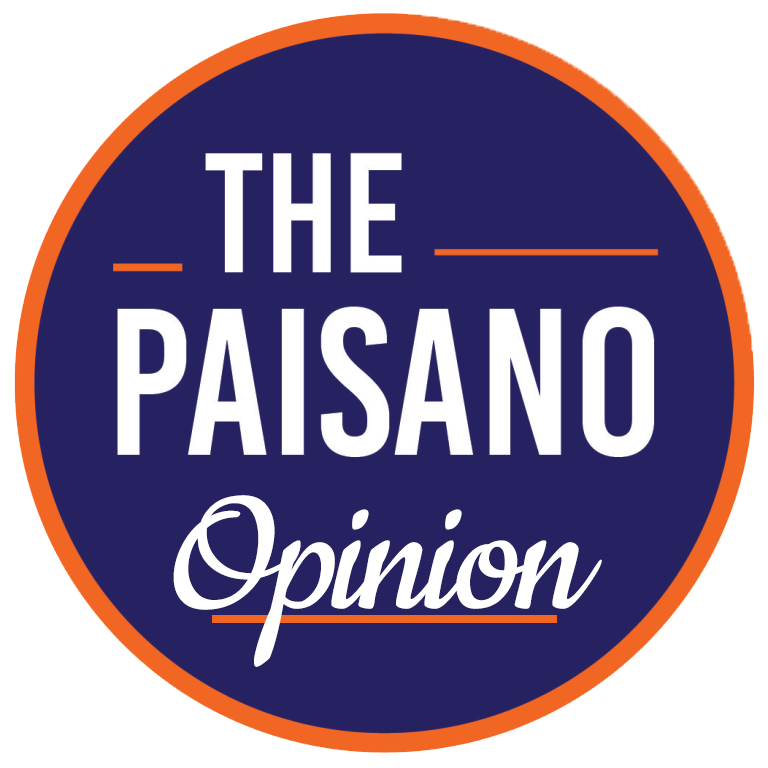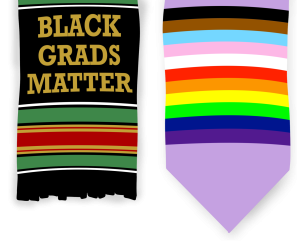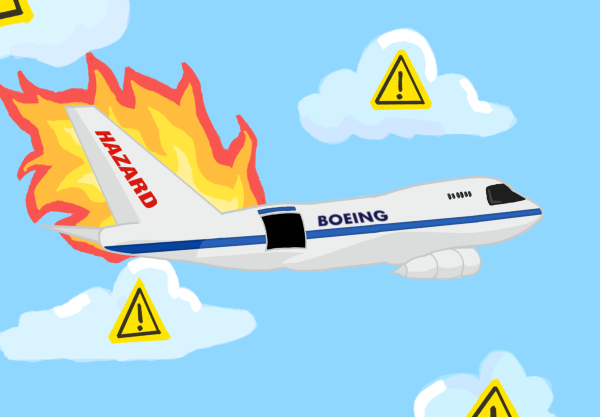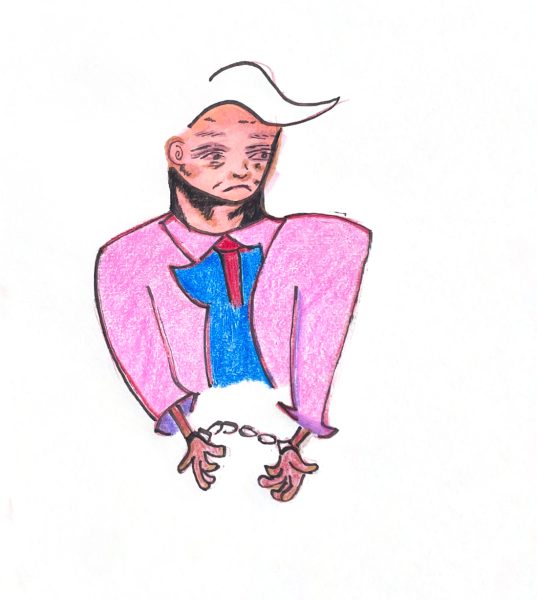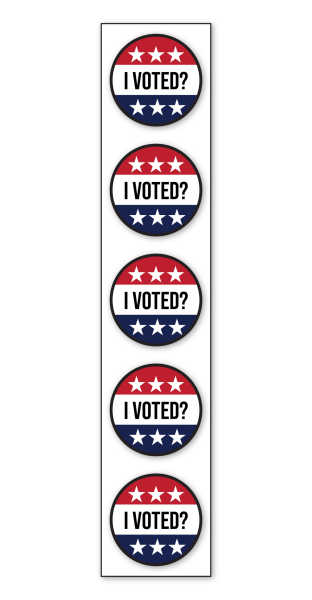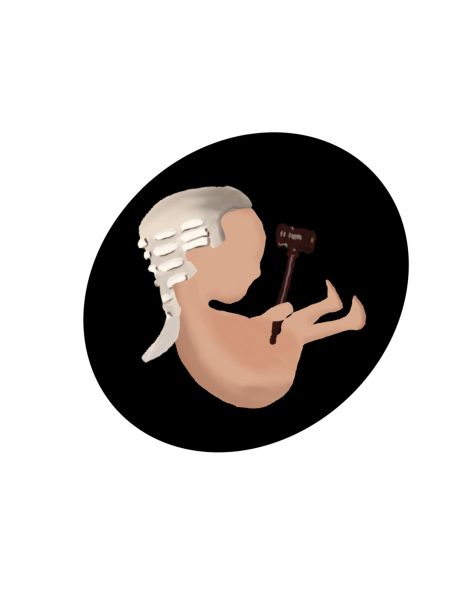Is harm reduction the solution to the Opioid Epidemic?
September 20, 2022
The opioid epidemic has been brewing since the late 1990s. Over two decades later, approximately 500,000 people have died from opioid-related deaths and approximately 10 million people have misused their opioid prescriptions within the last year. With drug-related deaths increasing yearly, what preventative options can we take?
Harm reduction policies are one of the most important ways we can combat the opioid crisis today. From the distribution of Fentanyl test strips, Methadone clinics and clean drug kits: harm reduction policies save lives. What is quickly becoming one of the most critical harm reduction tools is the drug Naloxone, also known as Narcan.
Narcan most often comes in the form of an intranasal opioid antagonist. It works by blocking the opioid receptors within our nervous system, helping to stop opioids from affecting the body. It is federally approved by the Food and Drug Association (FDA) to be used to treat opioid overdose and respiratory depression associated with opioid use. Preventative measures such as this are incredibly effective at saving lives and keeping our streets safe, though they aren’t safe from their fair share of controversy.
Bias against Narcan and other harm reduction methods is increasing. Earlier this year the Department of Health and Human Services (HHS) announced a federal grant to sponsor local harm reduction measures, such as clean drug kits and Narcan. Republicans responded with backlash, claiming Democrats and the White House were giving away free crack pipes, that these harm reduction measures were enabling drug use and that risky behavior would increase.
The stigma these harm reduction measures are given is incredibly dangerous. Drugs such as Narcan save lives; when government officials push propaganda against them it leads directly to the spread of those ideas from their supporters as well as the attempt to block new laws to help curb the opioid crisis. The crisis is growing in Texas and we need to be as prepared as we can be to combat it.
In my personal experience, Narcan has saved the life of one of my friends. A friend I attended high school with became a user sometime during our junior year. It started with pills and kept incrementally becoming more severe. By the time we graduated she was using heroin, an incredibly dangerous opiate. She was going in and out of rehab and cycling through periods of being clean before slipping back into heavy use. It hit a point where she did overdose, and one of my friends who was with her at the time luckily had Narcan, given to him from a distributor in Austin. If that friend happened to not have Narcan on hand, she would have died before emergency services were on scene. Information and the distribution of Narcan is incredibly important to save lives locally and across the country. Though, what are our options for those of us in San Antonio?
More Narcan Please is a distribution project run by the University of Texas Health Science Center at San Antonio and funded by grants for the Texas Targeted Opioid Response. Their goal is to help distribute Narcan to as many people as they can who are either opioid users or will be within the proximity of users. For more information on Narcan please refer to their website: https://www.morenarcanplease.com/.

